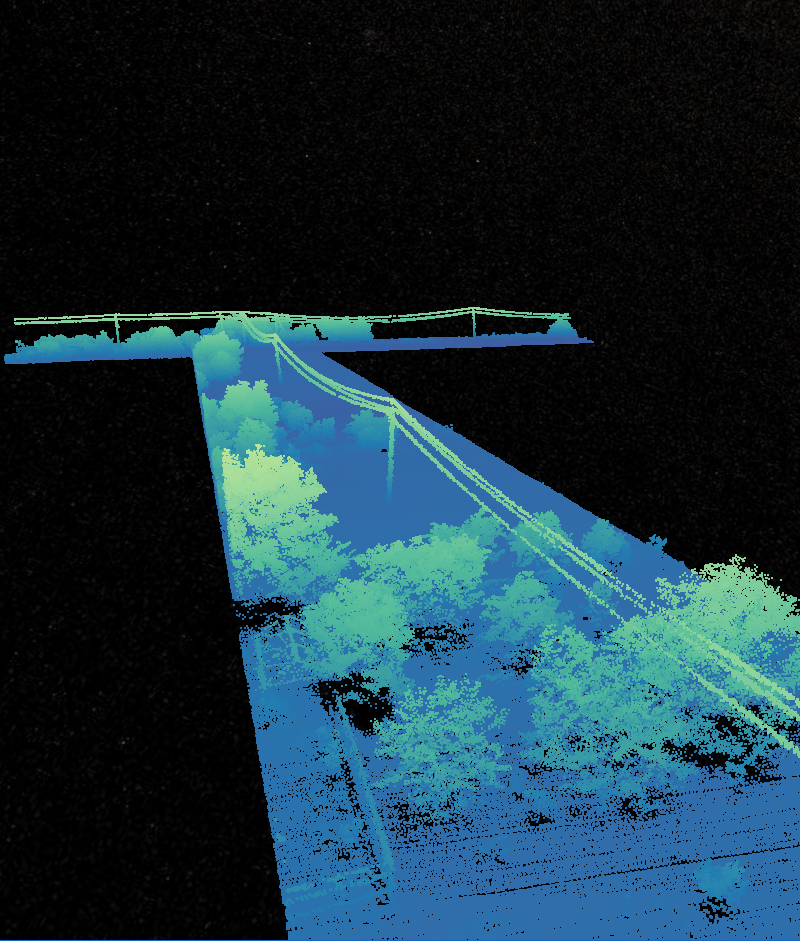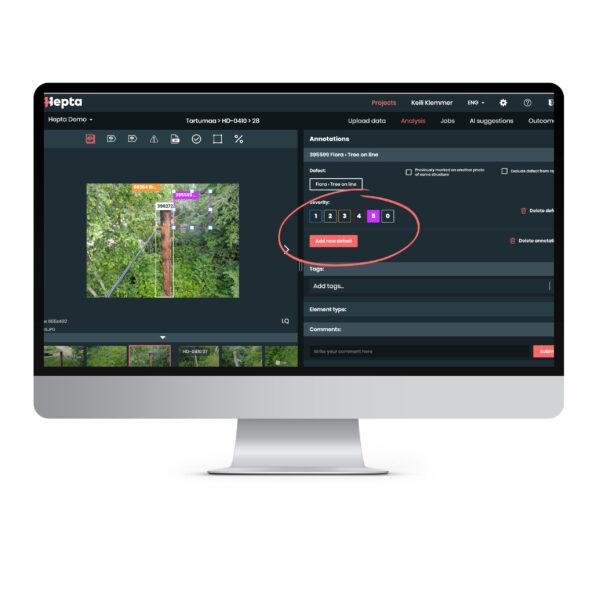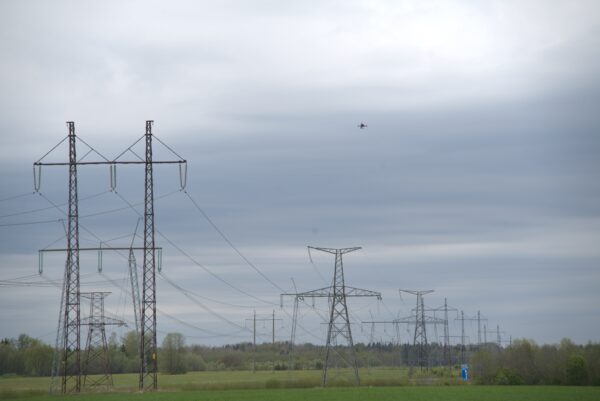The T&D grid is under pressure like never before. There are a number of data-driven digital solutions to help shore up the grid that have been getting a lot of press lately. While grid inspection may seem like a mainly analog process and doesn’t get the press other utility operations do, it too can be strengthened through digitalization and play a crucial role in the digital utility of the future.
First, a bit about the size of the grid inspection challenge. The world’s electricity consumption is expected to double by 2050 and, to meet net-zero emissions demands, this demand must be met by carbon-free energy sources. Just delivering the electricity from the necessary huge increase in generation alone is a major challenge for the T&D grid. On top of this, the grid faces pressures from increasingly severe climate change driven environmental threats, proliferating DERs and corresponding increase in bidirectional energy flows, and grid volatility.
In the midst of all this change, grid inspection continues to be a labor intensive largely analog process, but one that is steadily being enhanced through the use of sensors, drones, satellites and other digital technologies. Modern AI technologies can take data streams from these sources and help detect defects, shorten inspection cycles, significantly reduce costs, improve inspection quality, and reduce the need for on-ground teams to enter hazardous working environments.
A number of examples already exist in the field. One comes from Hepta, a company that specializes in the collection and analysis of grid inspection data from drone mounted and other types of sensors. Hepta worked with Imatra Elekter, (Imatra) an Estonian DSO, to conduct an inspection to determine the span and condition of their 10kV overhead lines, for which Imatra lacked digital data. These lines travel through bogs and dense forests which make it both difficult as well as dangerous for ground based inspection teams to operate in.

Hepta Insights platform in action
Hepta helped conduct digital inspections which used machine learning to analyze combined LiDAR, thermal and RGB data from drone mounted sensors to digitize 900 linear kilometers (560 miles) or nearly one third of the overhead lines. Compared to traditional analog on-foot inspection methods, the drone and machine learning based methodology lowered inspection costs by 40% and raised the quality of fault finding by 30%. It also gave Imatra a more accurate and up-to-date digital overview of the lines in which any faults that are discovered are labelled, geotagged and color-coded according to their severity.

Thermal image of low voltage power line pole being annotated in Hepta Insights
Hepta is currently helping DTEK Grids. the largest grid operator in Ukraine, to digitize its asset management procedures. Currently operating over 188 000km (approximately 117,000 miles) of lines and serving more than 5.6 million people, DTEK Grids has had trouble in the past with unevenly developed infrastructure and resulting outages in different regions. With the help of Hepta, DTEK created new drone operator teams, who now gather the data in the field. The data is then uploaded to Hepta’s cloud-based power line infrastructure platform Hepta Insights, where artificial intelligence is used to speed up the analysis. Compared to previous ground-based inspections, DTEK Grids is now detecting three times more defects in the same timespan. Quicker inspections and analysis allow companies like DTEK Grids to make faster and better-informed decisions, repairing defects before they cause outages. Helping to digitize the grid of such size is a daunting challenge, but the DTEK and Hepta partnership has shown that it is possible and drone-based inspections in Ukraine are ever-growing.
This is likely to be just the beginning of the integration of digitized T&D inspection platforms into the total digital utility. This integration opens up a wide number of opportunities to expand the use of T&D inspection data. One example leverages digital twin technology that is beginning to be adopted by the utility industry. Digitized inspection data can be combined with SCADA and other operational data to create a digital twin of the entire grid that is being constantly updated in near real time from field inspection data streams. With accurate and updated inspection data readily available, one potential use case is grid managers can run realistic scenarios using these digital twins for planned upgrades or other changes before any work is actually done. By doing so, they can avoid costly hiccups from unexpected issues found in the field.

LiDAR point cloud used for vegetation analysis as shown in Hepta Insights
Beyond field operations, a digital platform with up-to-date T&D inspection data can help inform operations throughout the utility from O&M to customer support to regulatory affairs. With ready access to up-to-date inspection data and faults, these departments will have the ability to be more proactive, especially when dealing with customers. For example, with better visibility into the scope of detected faults, customer support teams can provide more accurate information about the location and expected duration of any black outs.
There are a couple of issues that currently stand in the way of a more fluid exchange of inspection data throughout the utility. One is that many utility departments run off of siloed data repositories. Copying and moving these into a single repository to serve the entire organization is not only time-consuming and expensive, it can also introduce vulnerabilities that could be exploited by hackers. Another issue is that this data is sensitive. Different employees in different departments should only have access to the appropriate subset of the data they are authorized for.
Intertrust and Hepta’s have partnered together to bring Intertrust Platform4, Intertrust’s modern big data digital rights management platform, as a solution to this issue. Intertrust’s data virtualization technology can help tie together the multiple data repositories where this data is currently being held without having to move it. It also provides flexible access management technologies that can implement policies to ensure that access to data is only given to authorized entities.
One important point is that data access policies can be instituted for both humans and software algorithms. As part of the digitization process, utilities are adopting machine learning and artificial intelligence algorithms developed by third-party software developers. Intertrust’s secure execution environment is able to run these algorithms in a secure “sandbox” where their access to data is tightly controlled as well as where any analytics results are sent.
At this point, it’s clear the digital utility is the future of the electrical energy industry. With the proper digital tools, T&D inspection can both increase its efficiency and effectiveness as well as work more closely with the entire organization to increase customer satisfaction.


